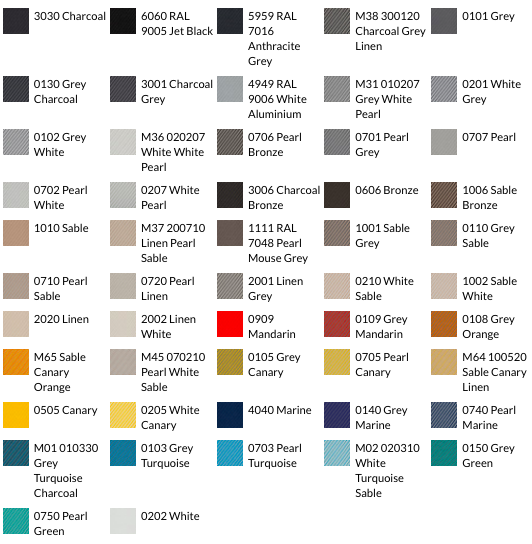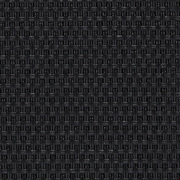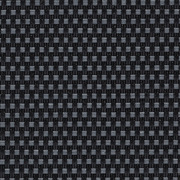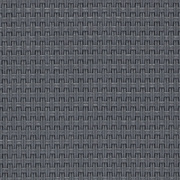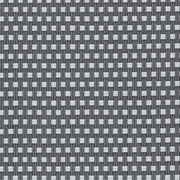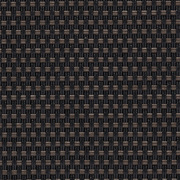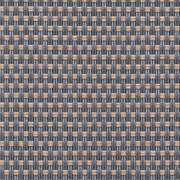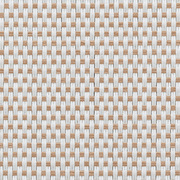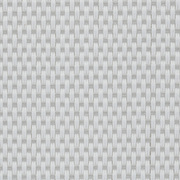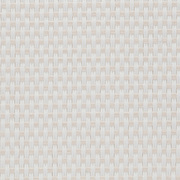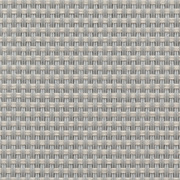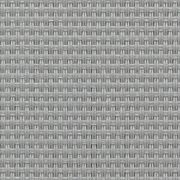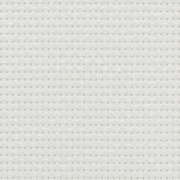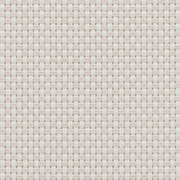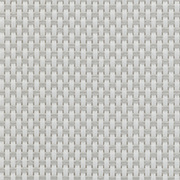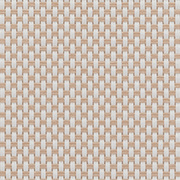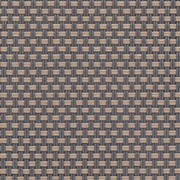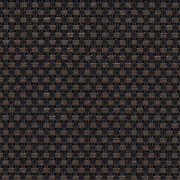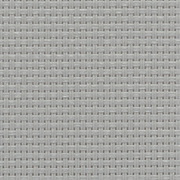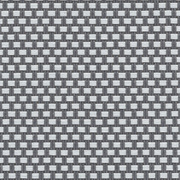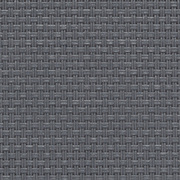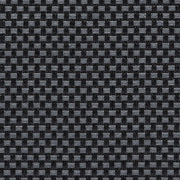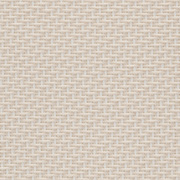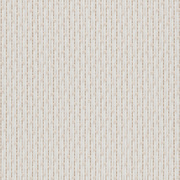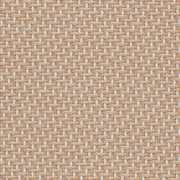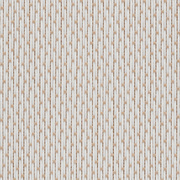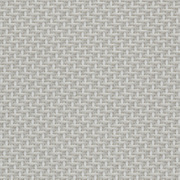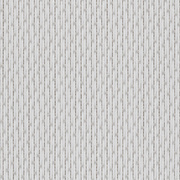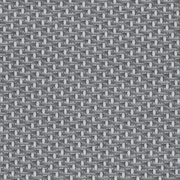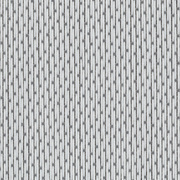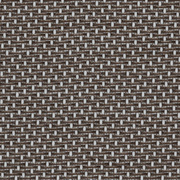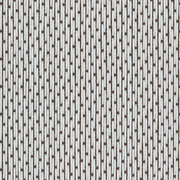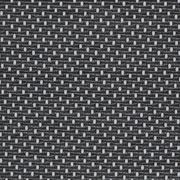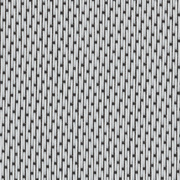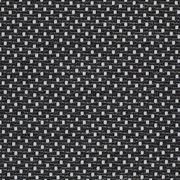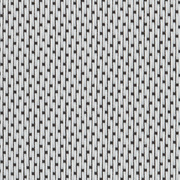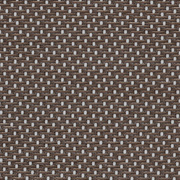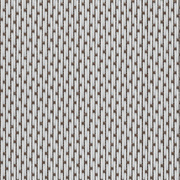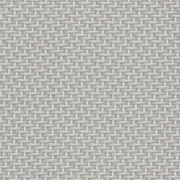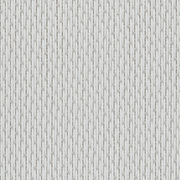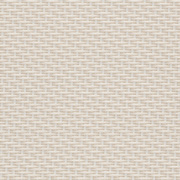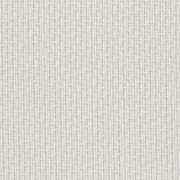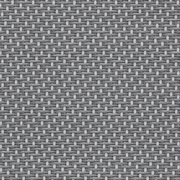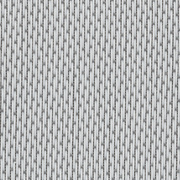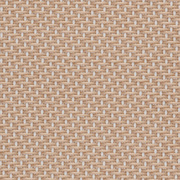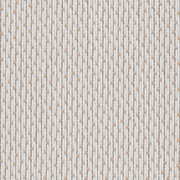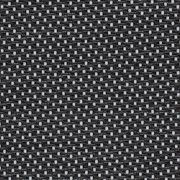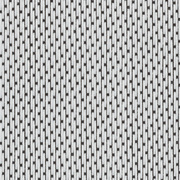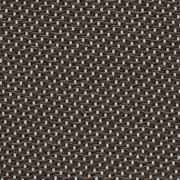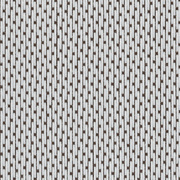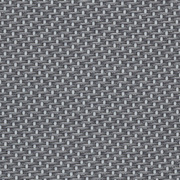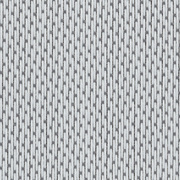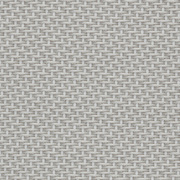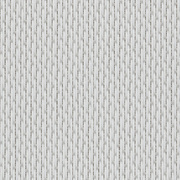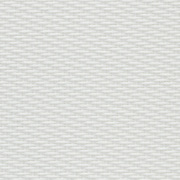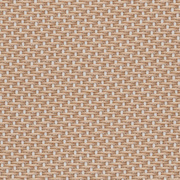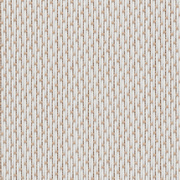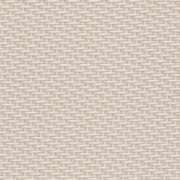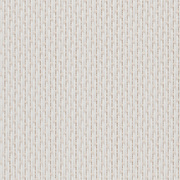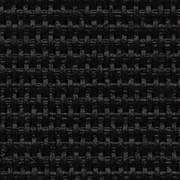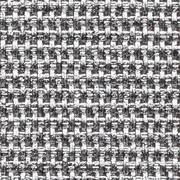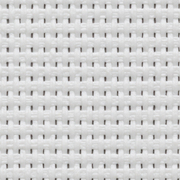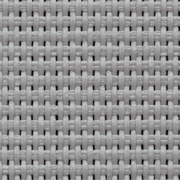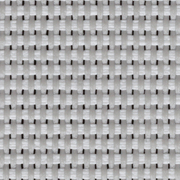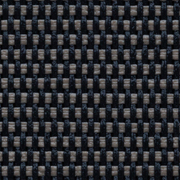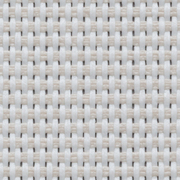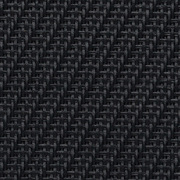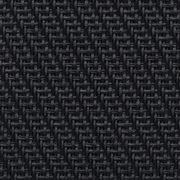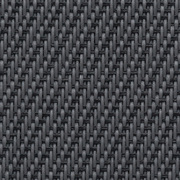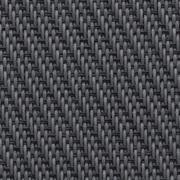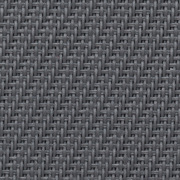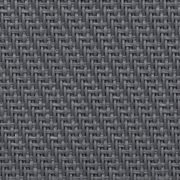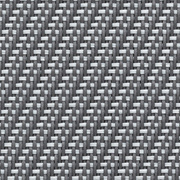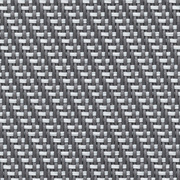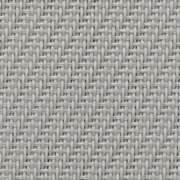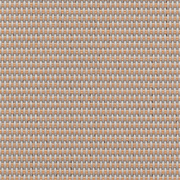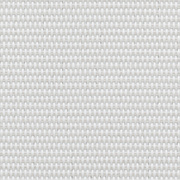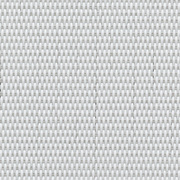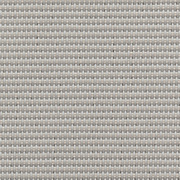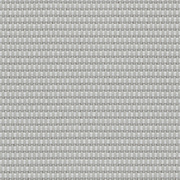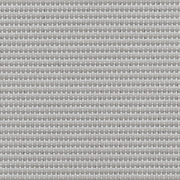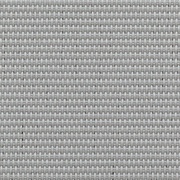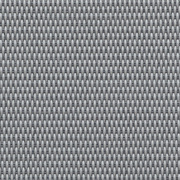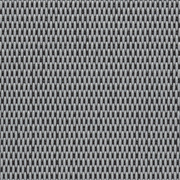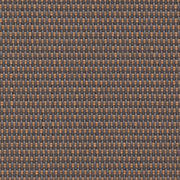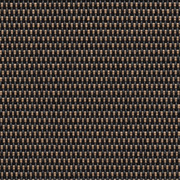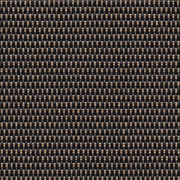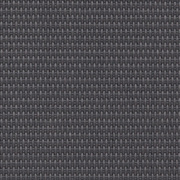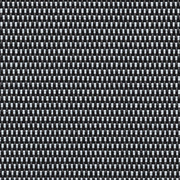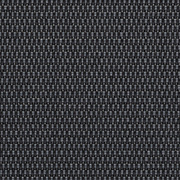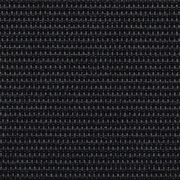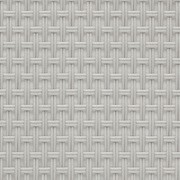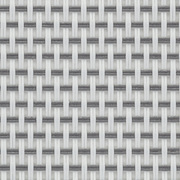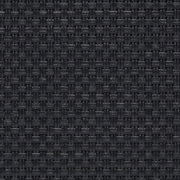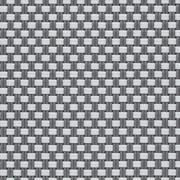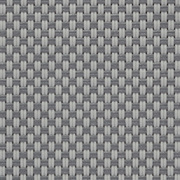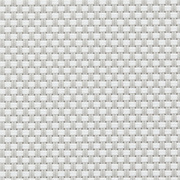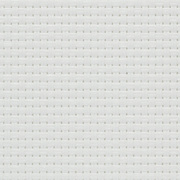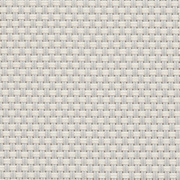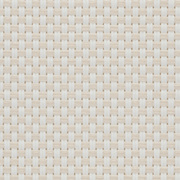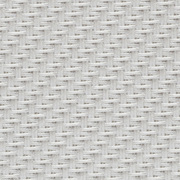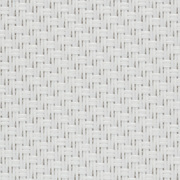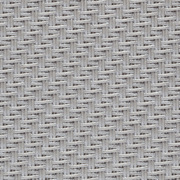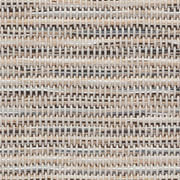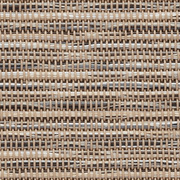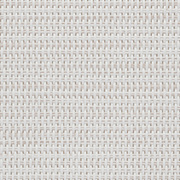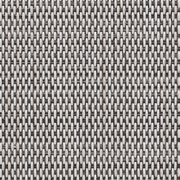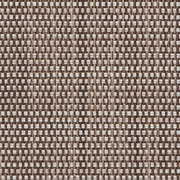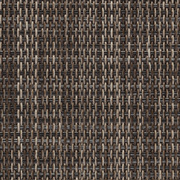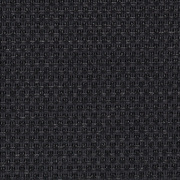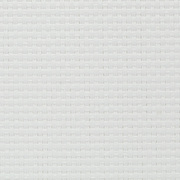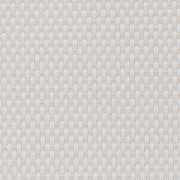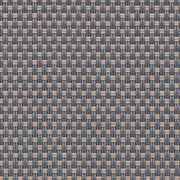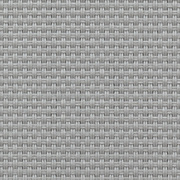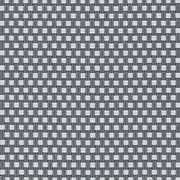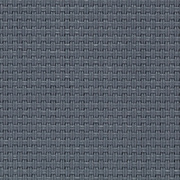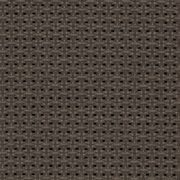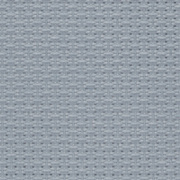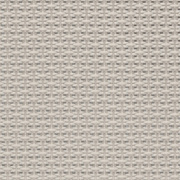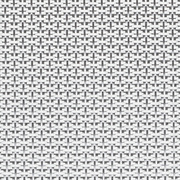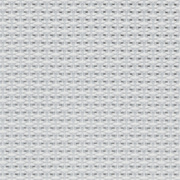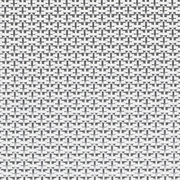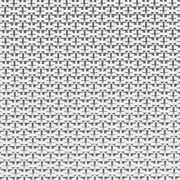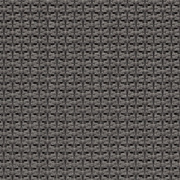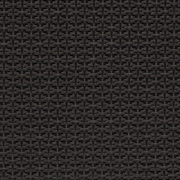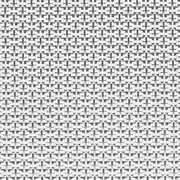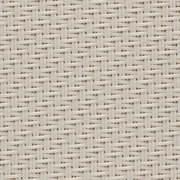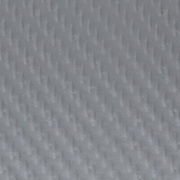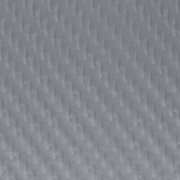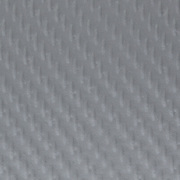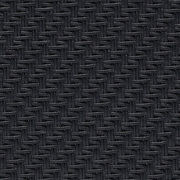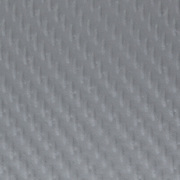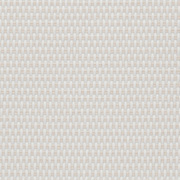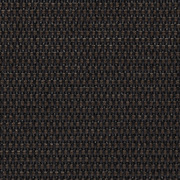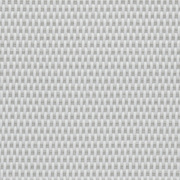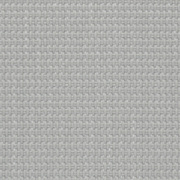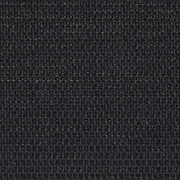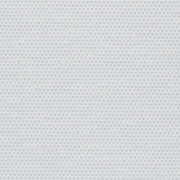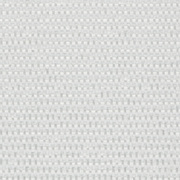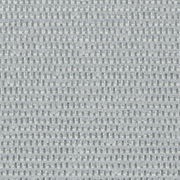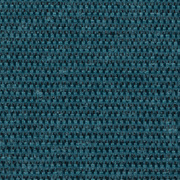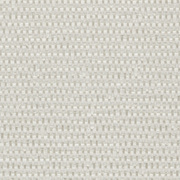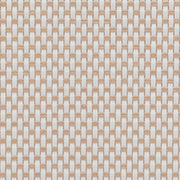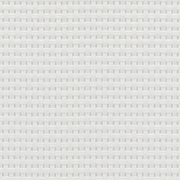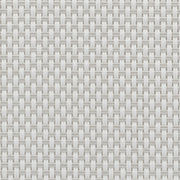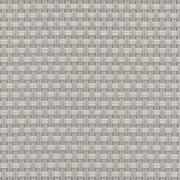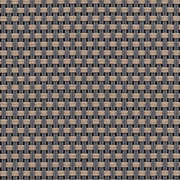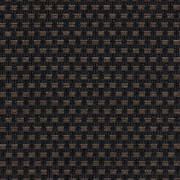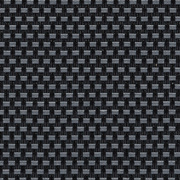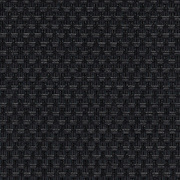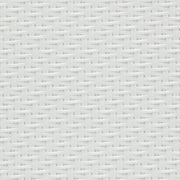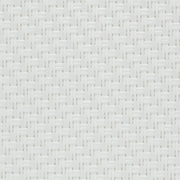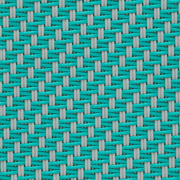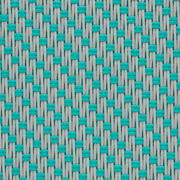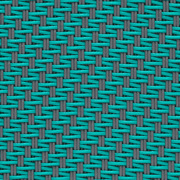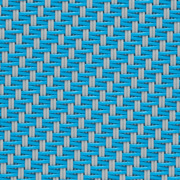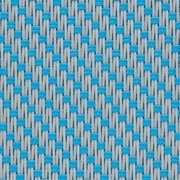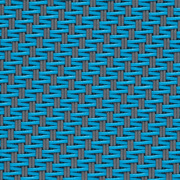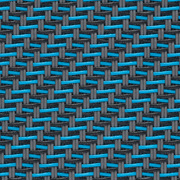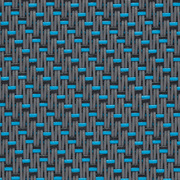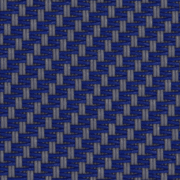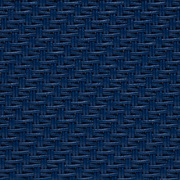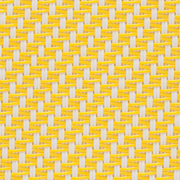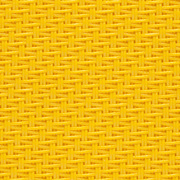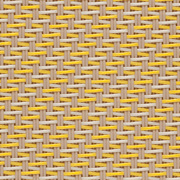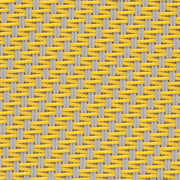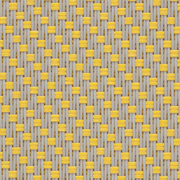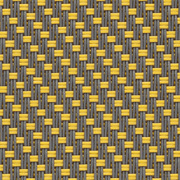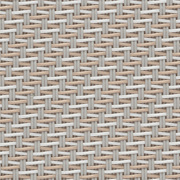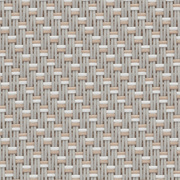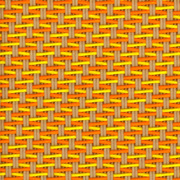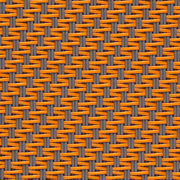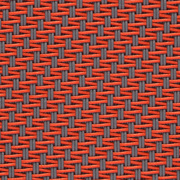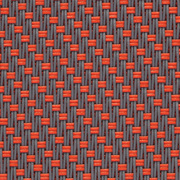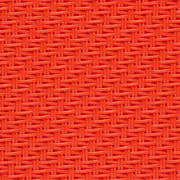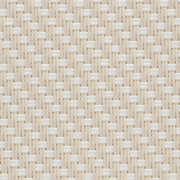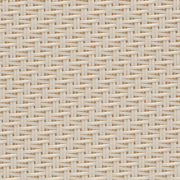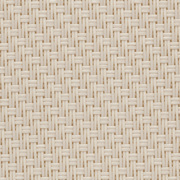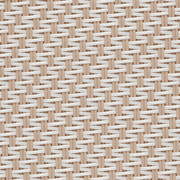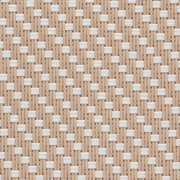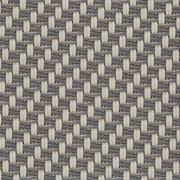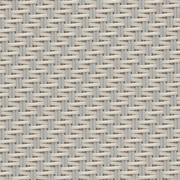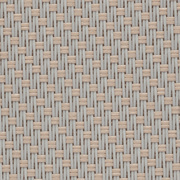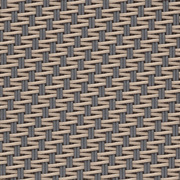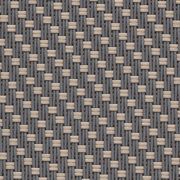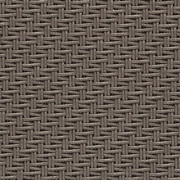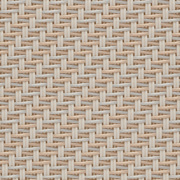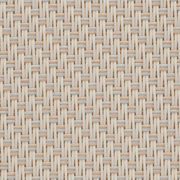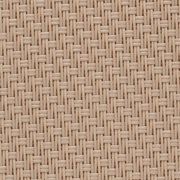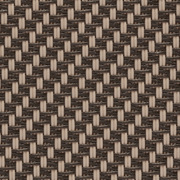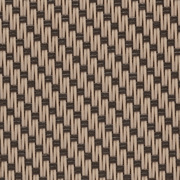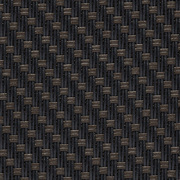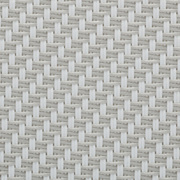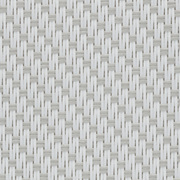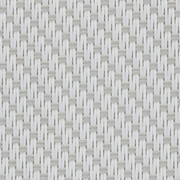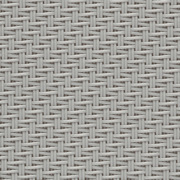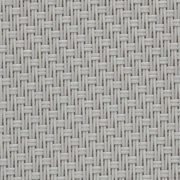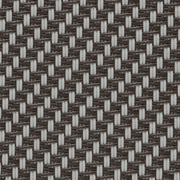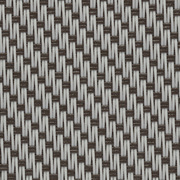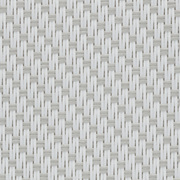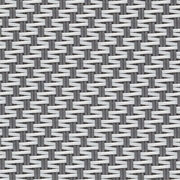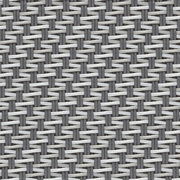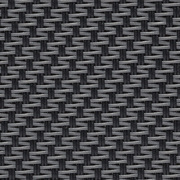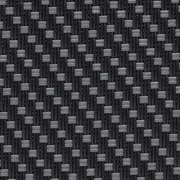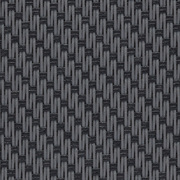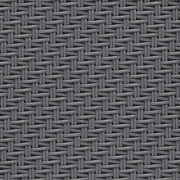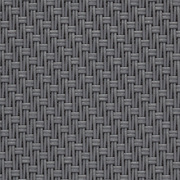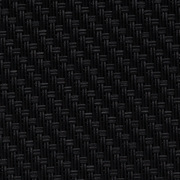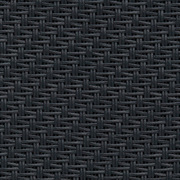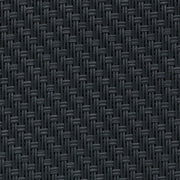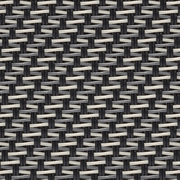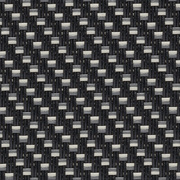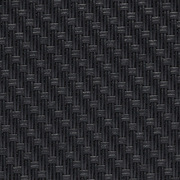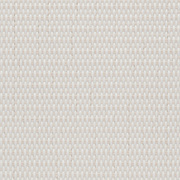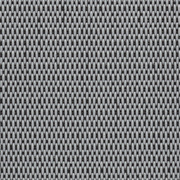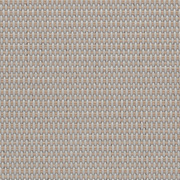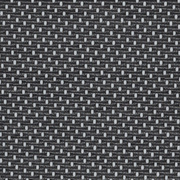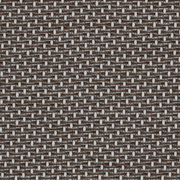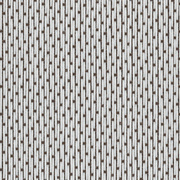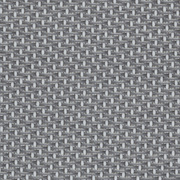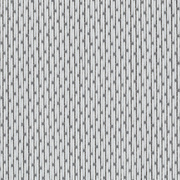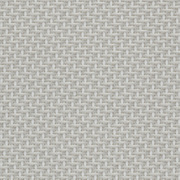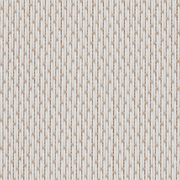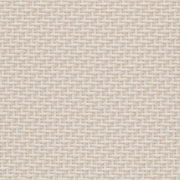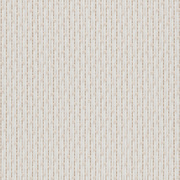
Solar shading – Synergising mitigation of GHG emissions and adaptation to climate change
The potential to disrupt rising cooling demand and overheating in European buildings
Prepared for:
European Solar Sharing Organisation
Submitted by:
Guidehouse Germany GmbH
Albrechtstr. 10c
10117 Berlin, Germany
+49 221 650 32 524
Reference No.: 213439
5 November 2021
guidehouse.com
This deliverable was prepared by Guidehouse Germany GmbH for the sole use and benefit of, and pursuant to a client relationship exclusively with ES-SO ("Client"). The work presented in this deliverable represents Guidehouse’s professional judgement based on the information available at the time this report was prepared. Guidehouse is not responsible for a third party’s use of, or reliance upon, the deliverable, nor any decisions based on the report. Readers of the report are advised that they assume all liabilities incurred by them, or third parties, as a result of their reliance on the report, or the data, information, findings and opinions contained in the report.
1. Scope and objective of the study
Active space cooling in buildings is projected to rapidly grow until 2050 in Europe. More space cooling requires more air conditioners (ACs) and longer operation of existing ones. The International Energy Agency (IEA) in its business-as-usual scenario estimates ACs in Europe to soar from 115 million units in 2020 to 275 million units in 2050.¹ More AC units need more electricity. Until 2050, this will cause additional greenhouse gas (GHG) emissions for every additional unit of electricity needed for space cooling, as a fully decarbonised energy system is expected to be in place in 2050.
The main drivers for this soaring need for cooling are both increasing overheating in buildings due to climate change and rising expectations on summer comfort by building
users.
On 29 July 2021, the European Climate Law entered into force. It sets a legally binding target of net-zero GHG emissions by 2050. ² Reducing GHG emissions for space heating and decarbonising the energy supply to an extent reflecting that obligation alone is a tremendous challenge. Any additional burden will increase the risk to not meet that target. It is essential to use the full potential of technologies to mitigate or reverse rising electricity needs from space cooling. Otherwise, we will not get on track to each climate neutrality by 2050, and to meet the Paris Agreement.
Dynamic solar shading devices on windows are a key technology to avoid future overheating of buildings and to mitigate the additional energy use and associated GHG emissions for space cooling.
The purpose of this analysis is to provide evidence to underpin the prominent role dynamic solar shading can play in the political discussion on how the building sector can achieve an adequate contribution to the European Green Deal. The following main questions
are addressed:
- How would the share of buildings develop, where users experience overheating in summer, if no additional AC or shading would be applied?
- In a business-as-usual (BAU) shading scenario no uptake of dynamic solar shading takes place till 2050. What would such scenario with increasing shares of AC mean in terms of rising energy demand, GHG emissions, and energy costs for space cooling?
- How can dynamic solar shading be used to avoid overheating in buildings (adaptation) and avoid the negative consequences of above mentioned BAU shading scenario (mitigation)?
Less than 50% of the EU’s buildings are equipped with solar shading devices, of which a large share is non-dynamic or not automated. The potential to mitigate both overheating and uptake of ACs can be considered significant. The most relevant solar shading devices are roller blinds, venetian blinds, roller shutters and awnings.
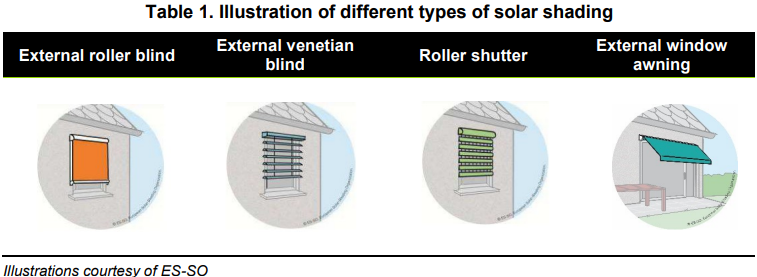
In principle, solar shading devices are passive measures to avoid overheating in buildings. Most dynamic (i.e. movable) devices are manual systems (having manual or motorised operation modes only and no smart control for optimised shading strategies). Because the analysis shows that automated systems (i.e. shading devices with additional smart control units) are most effective, these should be preferred. European standard EN 15232 considers such smart shading controls as part of a building automation and control system (BACS).
Smart controls transform the passive measure into an active, smart energy efficiency measure, automatically responding to ambient and indoor air temperature, solar irradiation, or even interacting with technical building systems like heating, ventilation, and air conditioning (HVAC). Automated operation of dynamic solar shading enables optimal reduction of the need for active cooling in summer, being the focus of this study, and the optimal use of solar gains during wintertime to minimise the need for active heating.
Smart, automated solar shading increases energy efficiency, comfort, convenience, health, and well-being. This is already reflected in a higher smart readiness indicator (SRI) rating.
Automated dynamic solar shading does not just significantly contribute to energy savings, mitigation of GHG emissions, and adaptation of the European building stock to climate change. It also increases comfort, convenience, health, and well-being, as already reflected in the smart readiness indicator (SRI) for buildings. Furthermore, for Nearly Zero Energy Buildings (NZEB) and Zero Energy/Emission Buildings (ZEB), smart dynamic solar shading can be an essential element for optimising energy performance: it controls otherwise uncontrollable solar gains, which may contribute more to heating the building than the traditional heating system.
These characteristics make dynamic solar shading an essential element of a strategy following the energy efficiency first principle, which is key for an affordable and just energy transition.
2. Methodology
In a first step, a variety of simulations³ of individual building variants were carried out. Variants included two EU climate zones and a number of representative building types featuring different solar shading devices (no shading, moderate shading, and optimal shading).4 As a result, overheating and electricity use for space cooling were determined for each variant.
Step 1: In-depth dynamic simulation of numerous individual building variants with no, moderate, and optimal dynamic shading.
Step 2: Aggregation to whole building stock in three scenarios: BAU, preferred (economically optimised), and maximum dynamic solar shading.
In a second step, based on the comprehensive set of results from variants, the European building stock is modelled using results of the Guidehouse BEAM model.5 This leads to a second set of results aggregated to the European building stock. Results comprise the effects of dynamic solar shading on electricity use and GHG emissions for space cooling and the CAPEX and OPEX for additional shading devices and avoided cooling systems.
Results are calculated for two scenarios compared to a BAU scenario. 6 Altogether there are three scenarios:
- Business-as-usual (BAU): No change in the distribution of shading devices between 2020 and 2050.
Maximum shading: The share of optimised, automated dynamic shading devices increases to a theoretical maximum of 95%. This scenario assesses a theoretical maximum impact.
Preferred scenario: An economically optimised uptake of automated, dynamic solar shading devices is assumed. This is approximated by assuming that all buildings in BAU by 2050 that would have AC will be equipped with automated, dynamic solar shading.
By calculating the difference between BAU and the alternative scenarios, two effects of solar shading uptake are considered:
- Reducing cooling loads for existing space cooling systems.7
- Avoiding new ACs, as they will not be needed to enable comfortable indoor climate, leading to their slower increase in new and existing buildings until 2050.
The following results are based on the Preferred scenario.
3. Main results on the potential of dynamic solar shading to disrupt overheating and rising cooling demand in European buildings
Key energy efficiency technology for GHG mitigation and adaptation.
Dynamic solar shading can cost-effectively stop the predicted trend of rising needs for AC. It is a key technology to support GHG mitigation and adaptation targets.
Dynamic solar shading can completely and cost-effectively stop the BAU trend of rising needs for AC.
In the BAU scenario, the European floor area in need of AC is estimated to increase by approximately 50% between now and 2050. Optimised use of automated, dynamic solar shading in the preferred scenario is estimated to completely stop this increase: air conditioned floor area by 2050 is estimated to remain at the same level as today.
There are additional non-energy benefits: Buildings equipped with solar shading devices are resilient in relation to hotter climates in the future (i.e. they will persistently provide comfortable indoor temperatures to building users).
Furthermore, urban heat island effects due to otherwise increasing waste heat from ACs can be reduced.
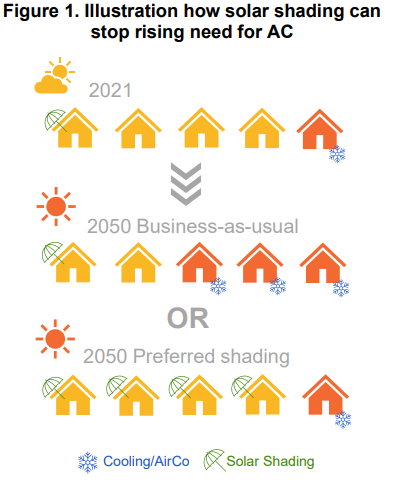
In the BAU scenario, the European floor area in need of AC is estimated to increase by approximately 50% between now and 2050. Optimised use of automated, dynamic solar shading in the preferred scenario is estimated to completely stop this increase: air conditioned floor area by 2050 is estimated to remain at the same level as today.
There are additional non-energy benefits: Buildings equipped with solar shading devices are resilient in relation to hotter climates in the future (i.e. they will persistently provide comfortable indoor temperatures to building users).
Furthermore, urban heat island effects due to otherwise increasing waste heat from ACs can be reduced.
Achieving significant electricity savings for space cooling
In the preferred scenario, up to approximately 60% of electricity for space cooling can be saved.
Today, approximately 80 TWh/a of electricity is needed for space cooling in the EU.
An optimised uptake of dynamic solar shading can save up to approximately 60% of electricity for space cooling by 2050.
With the BAU shading, approximately 90 TWh/a would be needed by 2050, already considering continuous improvement of AC units’ efficiency.
With the preferred shading scenario, a reduction towards 35 TWh/a by 2050 could be achieved, assuming the same improvement of AC units’ efficiency as in the BAU scenario.
Achieving further savings for space heating
Automated, dynamic solar shading also optimises energy performance in winter.
Compared to fixed solar shading or manually operated dynamic solar shading, automated dynamic solar shading can also maximise the utilisation of solar gains.
- The use of a fixed solar shading device (e.g. films, glazing, large overhangs)
permanently reduces solar gains, not just in summer but also in winter. This needs to
be compensated by additional energy use for space heating.8 - Automated, dynamic solar shading can increase solar gains compared to manually
operated solar shading. Due to typically suboptimal manual control by building users
in winter, manual shading sometimes will provide unwanted shading in times of
useful solar irradiation. Especially in low energy buildings, like NZEB or ZEB,
unwanted shading can significantly increase the energy use for space heating.
Achieving significant reduction of GHG emissions
Up to approximately 100 Mt of cumulated CO2,eq-emissions could be avoided in the Preferred shading scenario compared to the BAU scenario between now and 2050.9
Due to the decarbonisation of electricity, even in the BAU scenario with its increase in electricity, the total CO2,eq-emissions for space cooling are estimated to decrease by approximately 16 Mt/a between today and 2050.6
Electricity savings for AC from dynamic solar shading leads to significant mitigation of GHG emissions.
In comparison, in the Preferred shading scenario, this decrease is estimated to be approximately 20 Mt/a. As this advantage builds up between today and 2050, annual savings increase over time and cumulate until 2050 to up to approximately 100 Mt.
Achieving climate targets at lower cost
With an optimised uptake of dynamic solar shading, the chance to meet mid-century climate targets increases—at an even lower cost
An optimised uptake of dynamic solar shading saves on capital expenditure (CAPEX) for ACs and operational expenditures (OPEX) for their electricity use.10 These savings are significantly higher than additional capital expenditure (CAPEX) on dynamic solar shading.11 This means that the total cost (CAPEX and OPEX) of the Preferred shading scenario is significantly lower than the BAU scenario. This is illustrated in more detail in Figure 2.
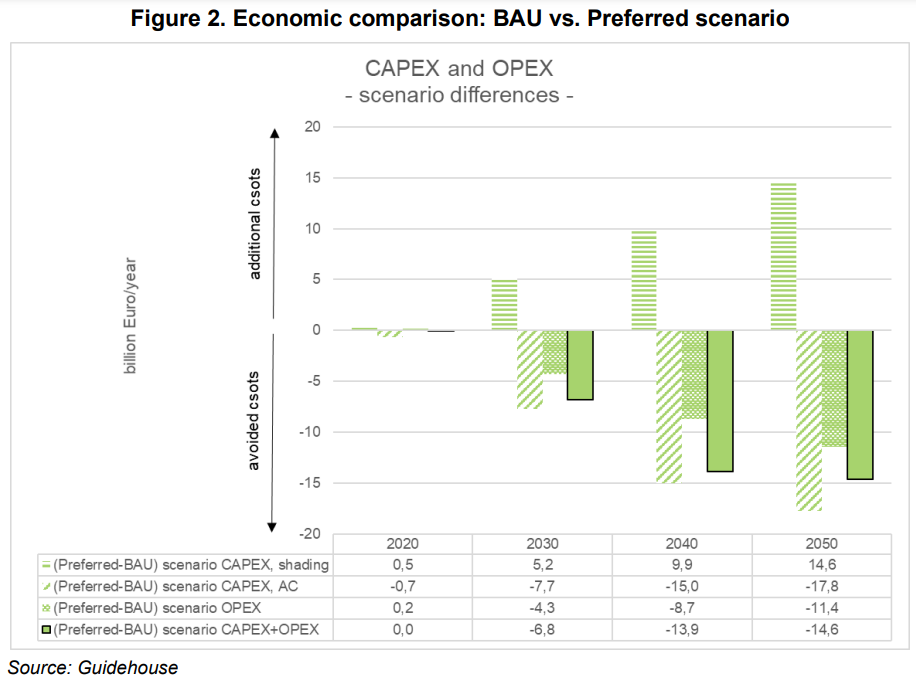
For each milestone year—2020, 2030, 2040, and 2050—the figure shows the difference between the Preferred and BAU scenarios: (additional) CAPEX for dynamic solar shading, (avoided) CAPEX for AC, (avoided) OPEX mainly from electricity savings, and the total savings, i.e. the sum of all three previously mentioned items.
Generally speaking, additional and avoided CAPEX roughly compensate each other, while the economic advantage of the Preferred scenario mainly stems from avoided OPEX. As an example, it is estimated that in 2050, up to approximately €11 billion in OPEX can be saved.
Avoided infrastructure costs for electricity generation have not yet been included and would potentially further improve the economic benefit of a wider uptake of dynamic solar shading.
4. Recommendations
The analysis shows that dynamic solar shading is a cost-effective measure to address increasing overheating and significantly increasing electricity use and GHG emissions from space cooling across Europe.
The study provides sufficient evidence to show that solar shading, specifically dynamic solar shading, is a key energy efficiency measure for a cost-effective improvement of the energy performance of buildings while at the same time ensuring high thermal comfort in summer and in winter.
By the end of September 2021, the European Commission published its Energy Efficiency First Recommendation and Energy Efficiency First Guidelines. Applying the Commission’s words for “action in energy efficiency,” so far solar shading, being an effective energy efficiency action as pointed out, has not been considered on the same level as AC.
The EPBD offers several opportunities to enable such equal consideration of (dynamic) solar shading with the active cooling provided by AC.
Dynamic solar shading fully matches the Energy Efficiency First principle. The EPBD offers several opportunities to enable its consideration on the same level as AC.
In general, we recommend that the following major items should be taken up by the EPBD:
- The EPBD should explicitly introduce the energy efficiency first principle as the mandatory guiding principle for setting up minimum energy
performance requirements (e.g. “by improving first the performance of the building envelope before other measures are applied,” as suggested in the Commission’s Energy Efficiency First guidelines. - For the case of solar shading this would mean that for new buildings and retrofits a mandatory due diligence for overheating should be introduced, stipulating to first apply shading so far as this is technically, functionally, and economically feasible and only then consider active AC if still needed.
- The EPBD should ensure that the bivalent character of dynamic solar shading can be adequately mapped to the EPBD Articles. So far it falls into a gap between building envelope and technical building systems. Such gap does not exist in EN 15232 on building automation and control or in the SRI. The solar shading itself should be considered as part of the building envelope, while smart controls, transforming solar shading into a dynamic component that actively manages solar gains and potentially interacts with automation and control of other technical building systems (e.g. HVAC), should be considered as BACS. This would also reflect the existing link to technical building systems.
Annex to Recommendations
As the EPBD is a complex set of inter-related requirements, there are several Articles that could potentially take up above the items mentioned in the recommendations. The following provides a number of concrete examples for updates that would serve those major items.
- Art. 3a (building automation and control systems) should be amended, stipulating that “building automation and control systems … support … technical building systems or elements of the building envelope …”
- Art. 4 (setting of minimum energy performance requirements) should be amended by the Energy Efficiency First principle, e.g. “Minimum energy performance requirements need to be set with a view to the Energy Efficiency First principle; i.e. first energy needs for space heating, space cooling, domestic hot water, ventilation, and lighting need to be reduced in so far as this is technically, functionally, and economically feasible and then need to be supplied by technical building systems, which need to be optimised according to Art. 8.”
- Art. 5 (Calculation of cost-optimal levels of minimum energy performance requirements) could be updated indirectly, as Art. 22 requires an update to Annex I (points 3 and 4) to technical progress, with a focus on existing delegated acts.
-
- As there is a delegated act on cost-optimality, where so far in its application by Member States dynamic solar shading has played a minor role, points 3 or 4 or the delegated act could be updated.
- Annex I, point 3 g) could be updated: “passive solar systems and solar protection including their controls and integration into BACS.”
- Art. 11 (energy performance certificates) requires the energy performance certificate (EPC) to include “recommendations for the cost-optimal or cost-effective improvement of the energy performance of a building or building unit,” both for the cases of major renovation or measures for individual building elements. As the ongoing targeted amendment of the EPBD ponders harmonisation of EPC across Europe, a template including recommendations for standard measures would be useful. These standard measures could include installation or upgrade of solar shading based on previous due diligence of overheating.
1 https://www.iea.org/reports/the-future-of-cooling
2 https://ec.europa.eu/clima/eu-action/european-green-deal/european-climate-law_en
3 Individual building simulations were executed with TRNSYS dynamic simulation software.
4 Window size and transmittance of glazing remained unchanged.
5 Built-Environment Analysis Model, BEAM, which also has been used in support of the Energy Performance of Buildings Directive (EPBD) Impact Assessments of the EuropeanCommission in 2021, 2016, and 2010.
6 The uptake of shading devices is an external input to the model, while the AC penetration rate for buildings is determined based on future cooling degree days (CDD) data. In general, a GDP forecast is also relevant for the AC penetration, but in Europe there are no additional GDP constraints assumed.
7 A potential additional benefit, namely the reduction of heating loads through optimisation of solar gains by means of automated, dynamic solar shading has not been considered in this study.
8 Exact potential savings have not been calculated in this study. According to simulations for prISO 52016-3 Energy performance of buildings - Energy needs for heating and cooling, internal temperatures and sensible and latent heat loads - Part 3: Calculation procedures regarding adaptive building envelope elements, based on EQUA IDA – ICE, a range of 8-20% additional space heating caused by fixed solar shading has been estimated.
9 CO2-factors are aligned with the 2021 EPBD Impact Assessment and are based on the Climate Target Plan 2030 from the European Commission.
10 Maintenance cost for both air-conditioning and dynamic solar shading have been considered within OPEX, too.
Background information can be found in the full technical documentation to this study.
11 Maintenance has been included in CAPEX.
 3030 Charcoal
3030 Charcoal  0130 Grey Charcoal
0130 Grey Charcoal  0101 Grey
0101 Grey 0102 Grey White
0102 Grey White  0707 Pearl
0707 Pearl  0207 White Pearl
0207 White Pearl 3030 Charcoal
3030 Charcoal  3001 Charcoal Grey
3001 Charcoal Grey  0707 Pearl
0707 Pearl  0702 Pearl White
0702 Pearl White 3010 Charcoal Sable
3010 Charcoal Sable  0220 White Linen
0220 White Linen 3030 Charcoal
3030 Charcoal  3001 Charcoal Grey
3001 Charcoal Grey  0101 Grey
0101 Grey 0102 Grey White
0102 Grey White  0707 Pearl
0707 Pearl  0202 White
0202 White 0210 White Sable
0210 White Sable  0220 White Linen
0220 White Linen  3006 Charcoal Bronze
3006 Charcoal Bronze 0110 Grey Sable
0110 Grey Sable  0720 Pearl Linen
0720 Pearl Linen  0207 White Pearl
0207 White Pearl 3030 Charcoal
3030 Charcoal  3001 Charcoal Grey
3001 Charcoal Grey  0101 Grey
0101 Grey 0102 Grey White
0102 Grey White  0707 Pearl
0707 Pearl  3006 Charcoal Bronze
3006 Charcoal Bronze 0110 Grey Sable
0110 Grey Sable  0210 White Sable
0210 White Sable  0720 Pearl Linen
0720 Pearl Linen 0207 White Pearl
0207 White Pearl  0220 White Linen
0220 White Linen  0202 White
0202 White 0230 White Charcoal
0230 White Charcoal  0206 White Bronze
0206 White Bronze  0201 White Grey
0201 White Grey 0207 White Pearl
0207 White Pearl  0202 White
0202 White  0210 White Sable
0210 White Sable 0220 White Linen
0220 White Linen 0701 Pearl Grey
0701 Pearl Grey  0707 Pearl
0707 Pearl  0201 White Grey
0201 White Grey  0202 White
0202 White 0230 White Charcoal
0230 White Charcoal  0206 White Bronze
0206 White Bronze  0201 White Grey
0201 White Grey 0207 White Pearl
0207 White Pearl  0202 White
0202 White  0210 White Sable
0210 White Sable 0220 White Linen
0220 White Linen 0230 White Charcoal
0230 White Charcoal  0206 White Bronze
0206 White Bronze  0201 White Grey
0201 White Grey 0207 White Pearl
0207 White Pearl  0202 White
0202 White  0210 White Sable
0210 White Sable  0220 White Linen
0220 White Linen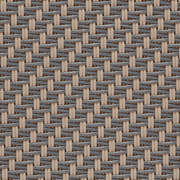

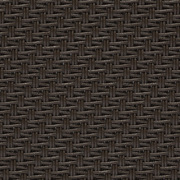
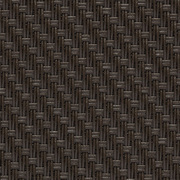
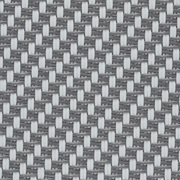
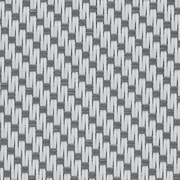

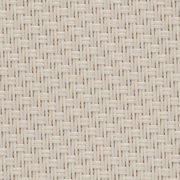

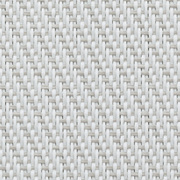


 3030 Charcoal
3030 Charcoal  3001 Charcoal Grey
3001 Charcoal Grey  3002 Charcoal White
3002 Charcoal White  0101 Grey
0101 Grey 0121 Grey Lotus
0121 Grey Lotus  3006 Charcoal Bronze
3006 Charcoal Bronze  3010 Charcoal Sable
3010 Charcoal Sable 0171 Grey Apricot
0171 Grey Apricot  0771 Pearl Apricot
0771 Pearl Apricot  3071 Charcoal Apricot
3071 Charcoal Apricot 0701 Pearl Grey
0701 Pearl Grey  0730 Pearl Charcoal
0730 Pearl Charcoal  0721 Pearl Lotus
0721 Pearl Lotus  0702 Pearl White
0702 Pearl White 0201 White Grey
0201 White Grey  0720 Pearl Linen
0720 Pearl Linen  0210 White Sable
0210 White Sable  0220 White Linen
0220 White Linen 0207 White Pearl
0207 White Pearl  0221 White Lotus
0221 White Lotus  0202 White
0202 White  0707 Pearl
0707 Pearl



